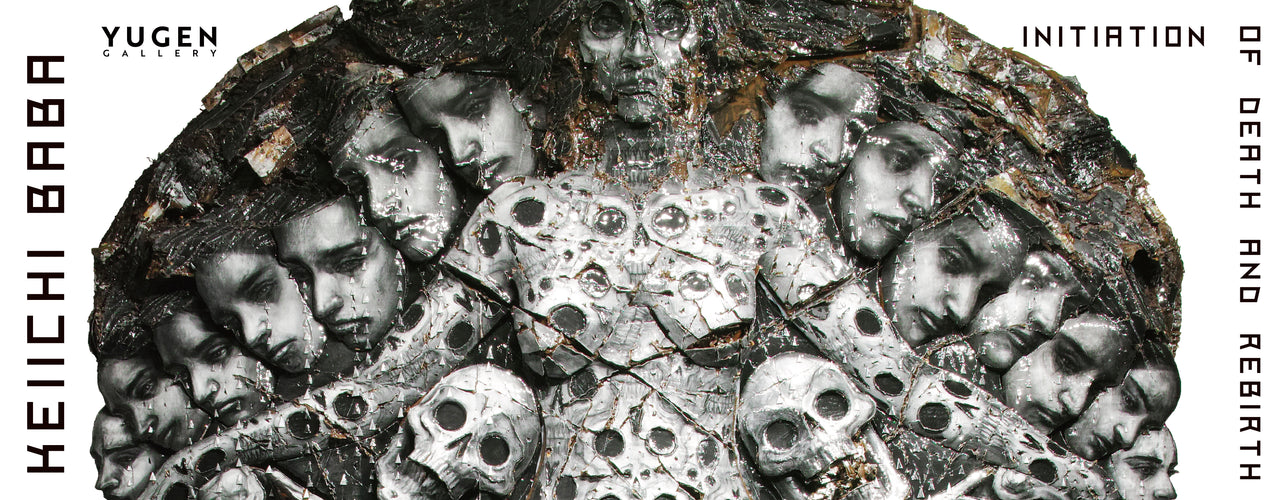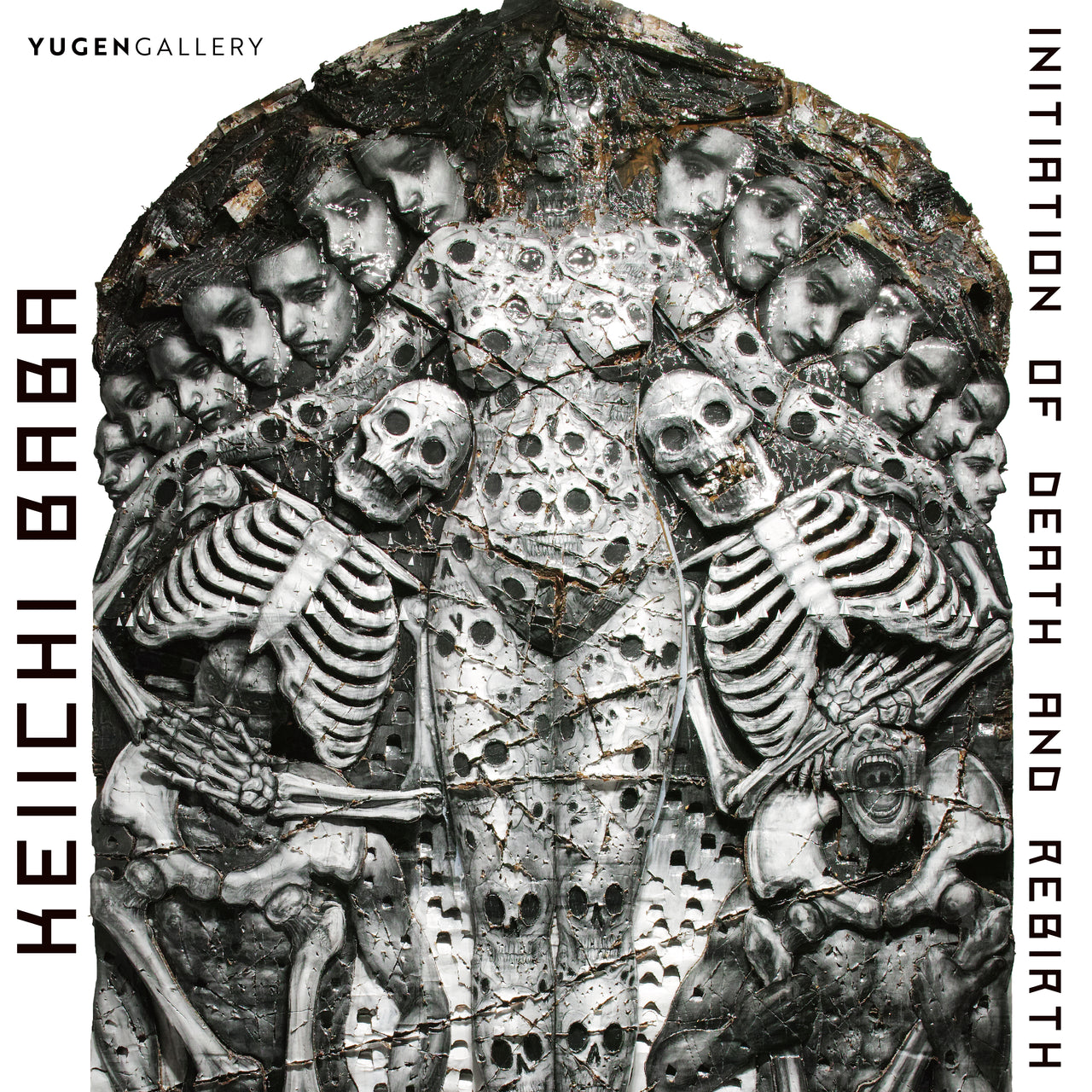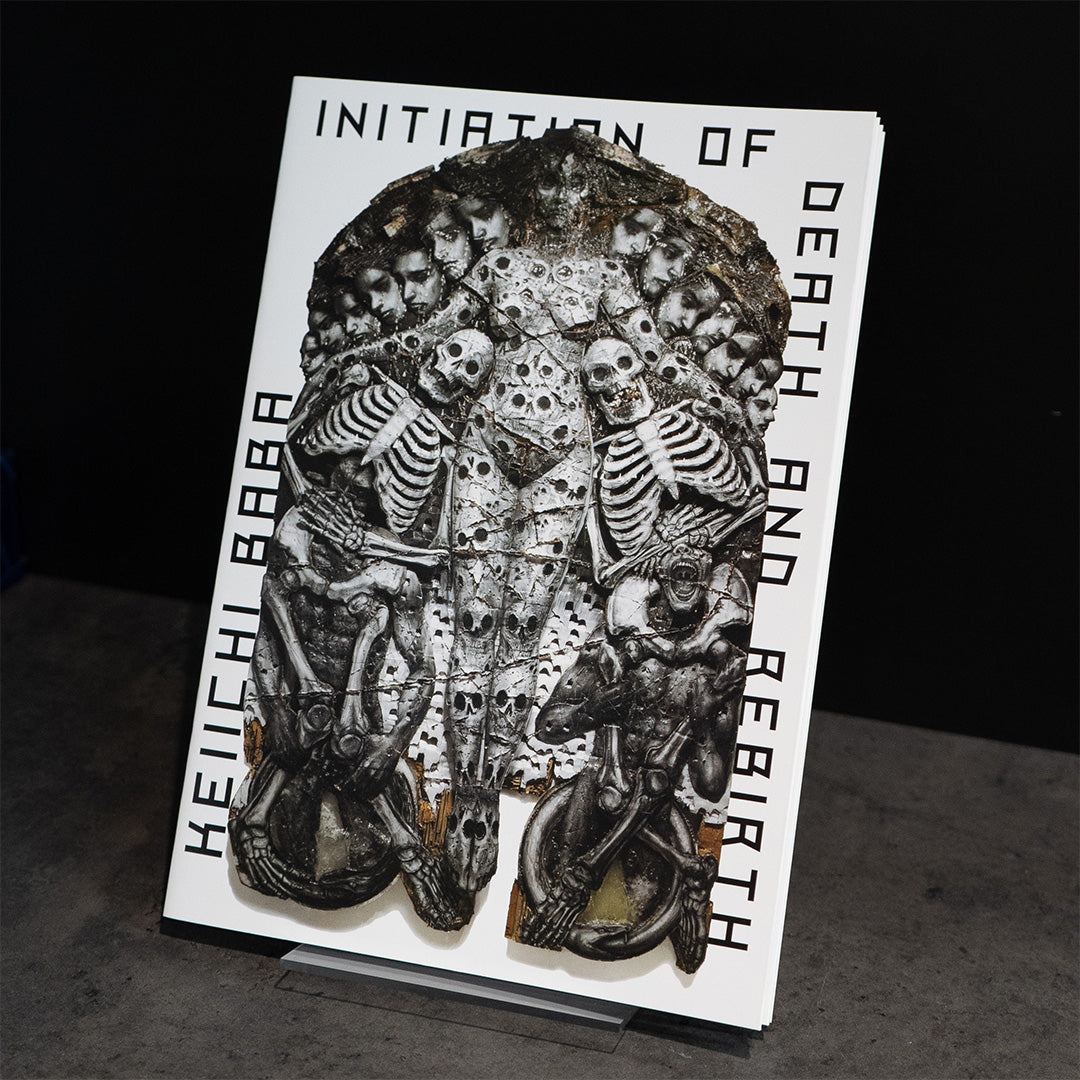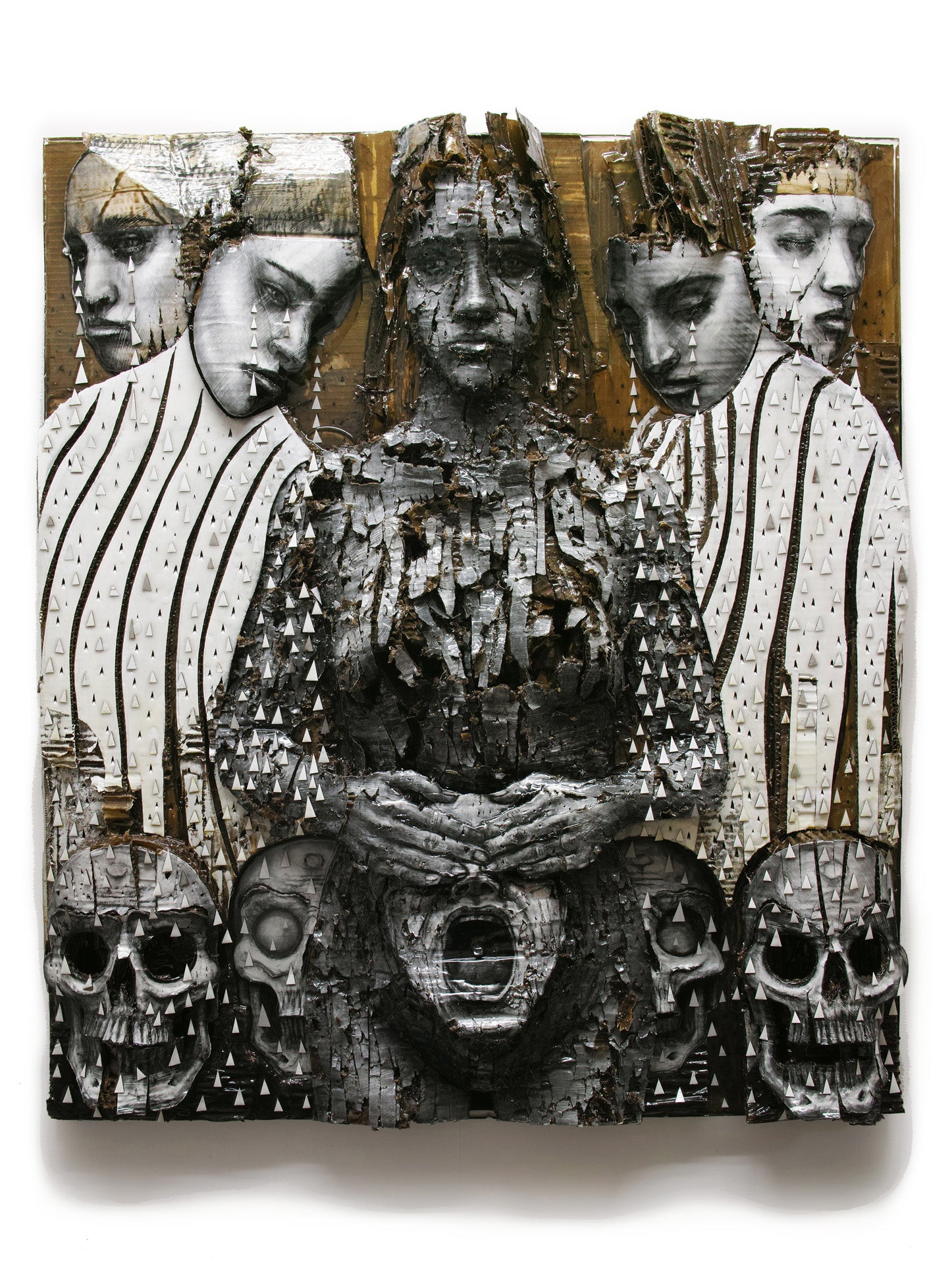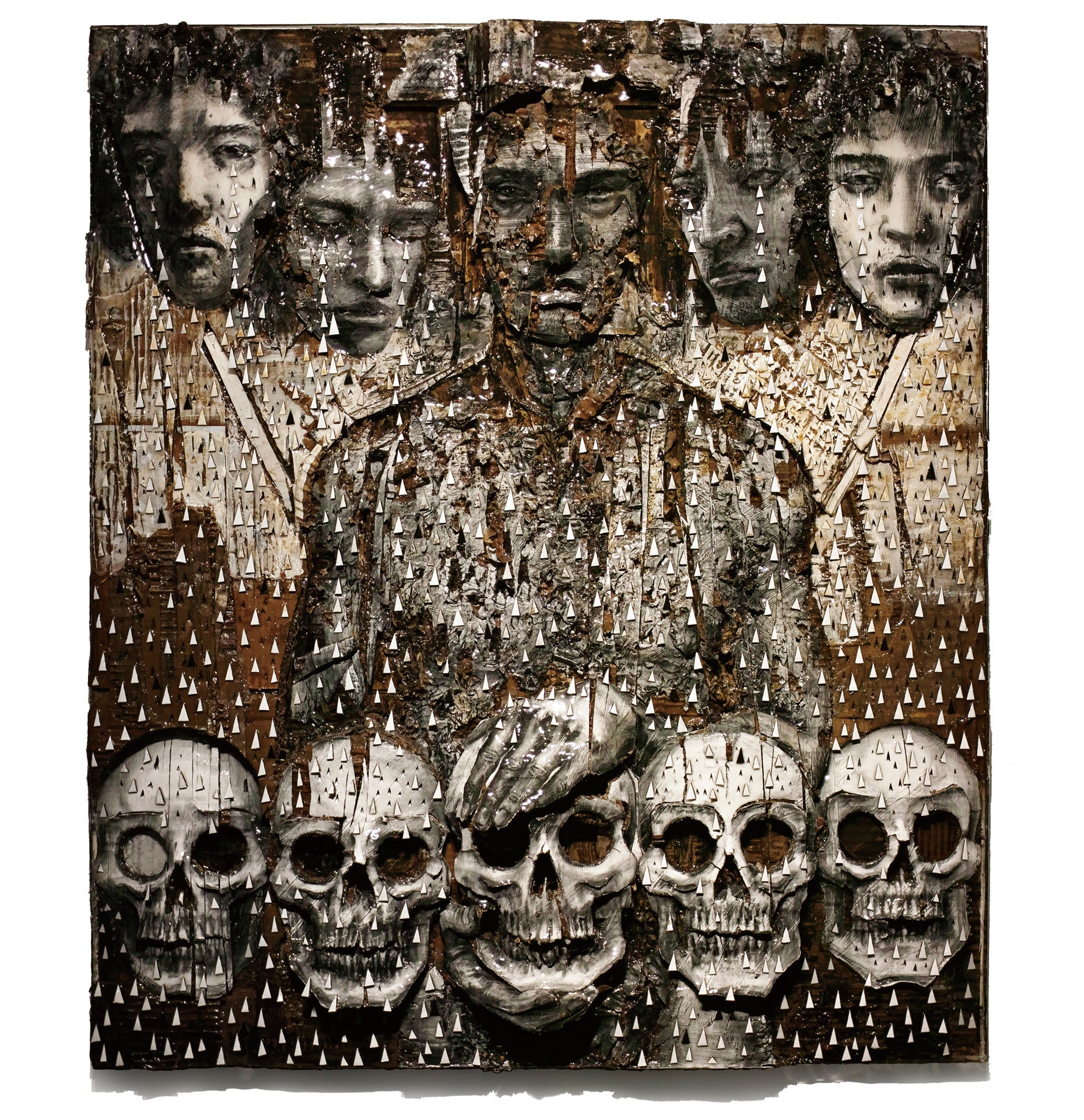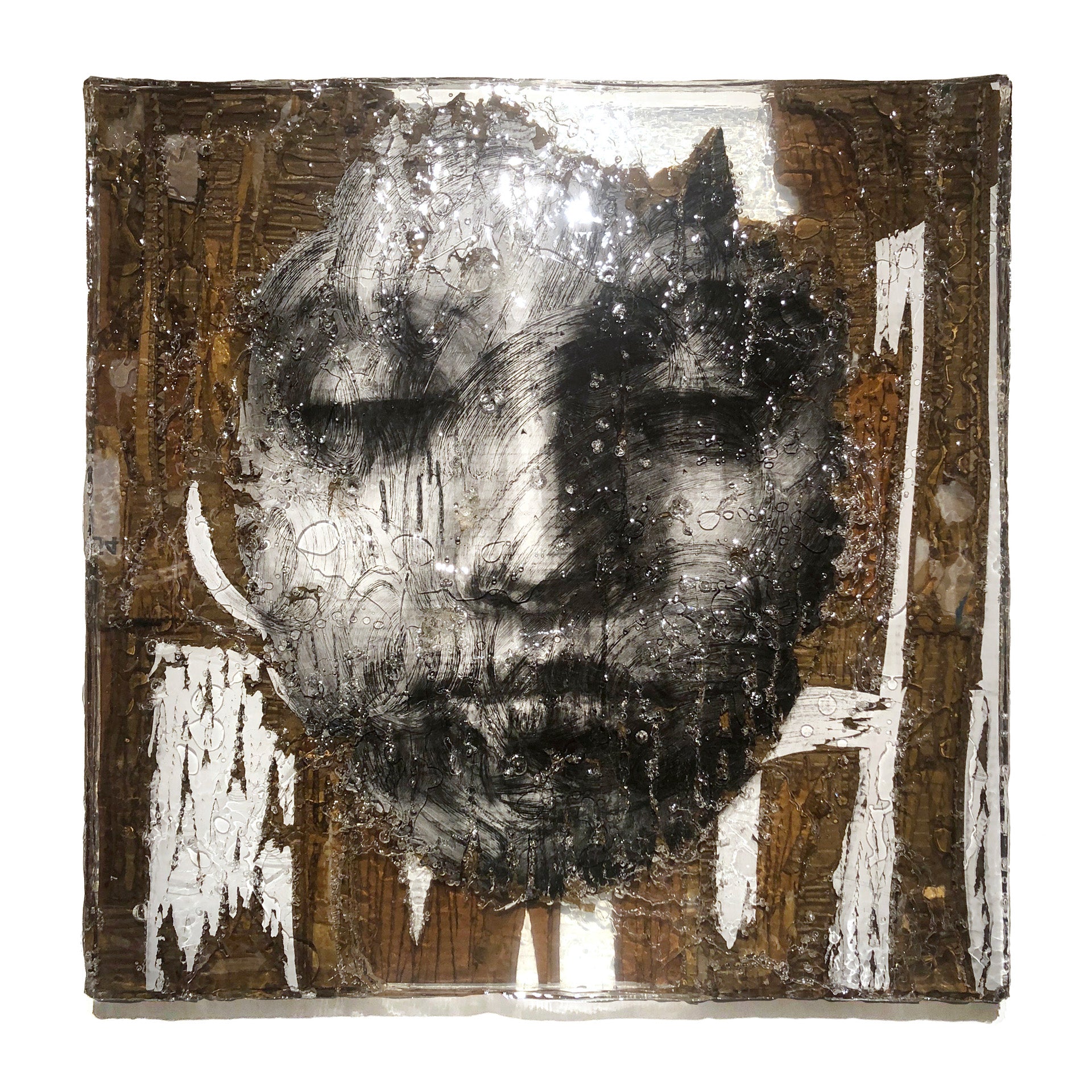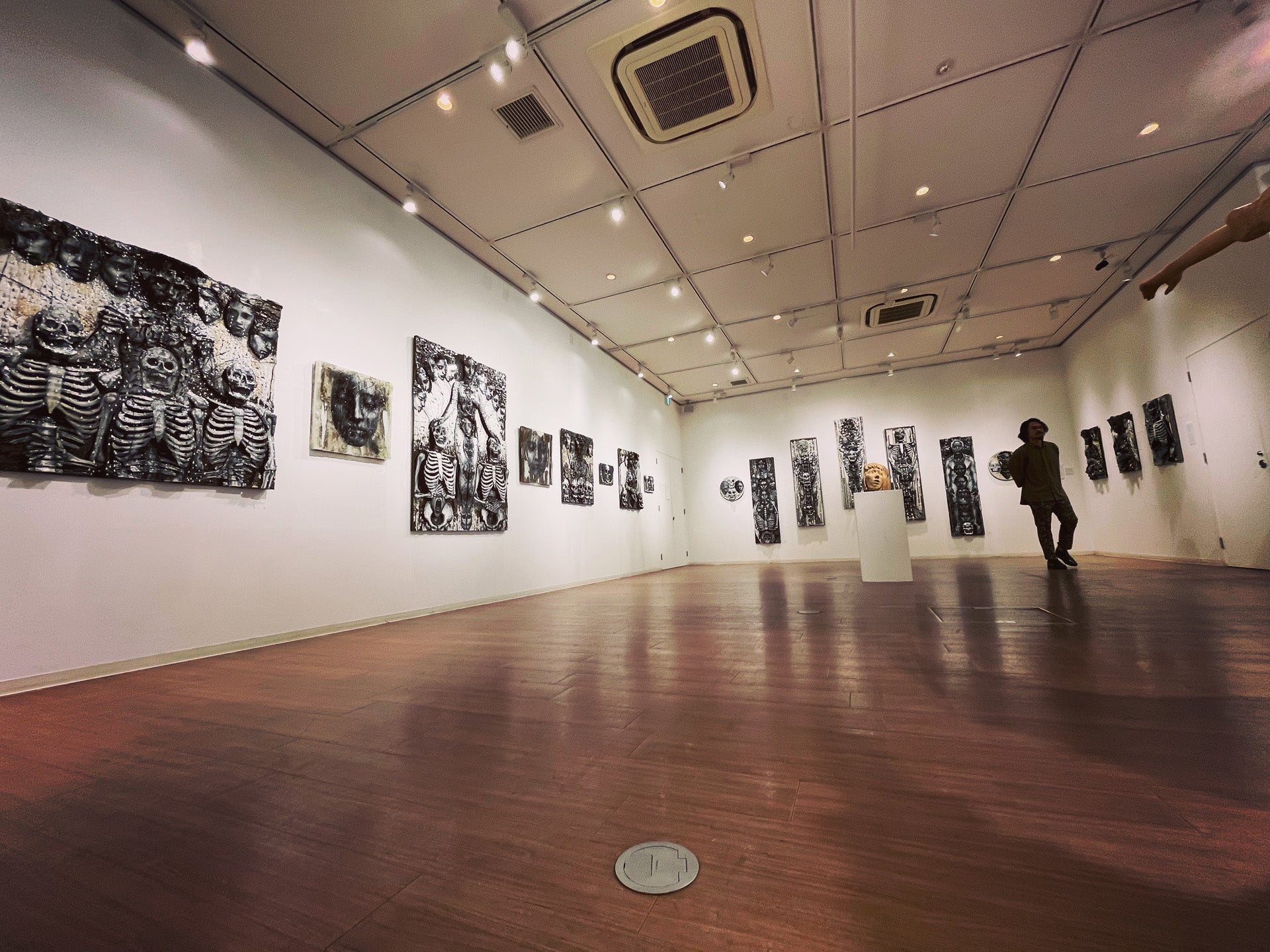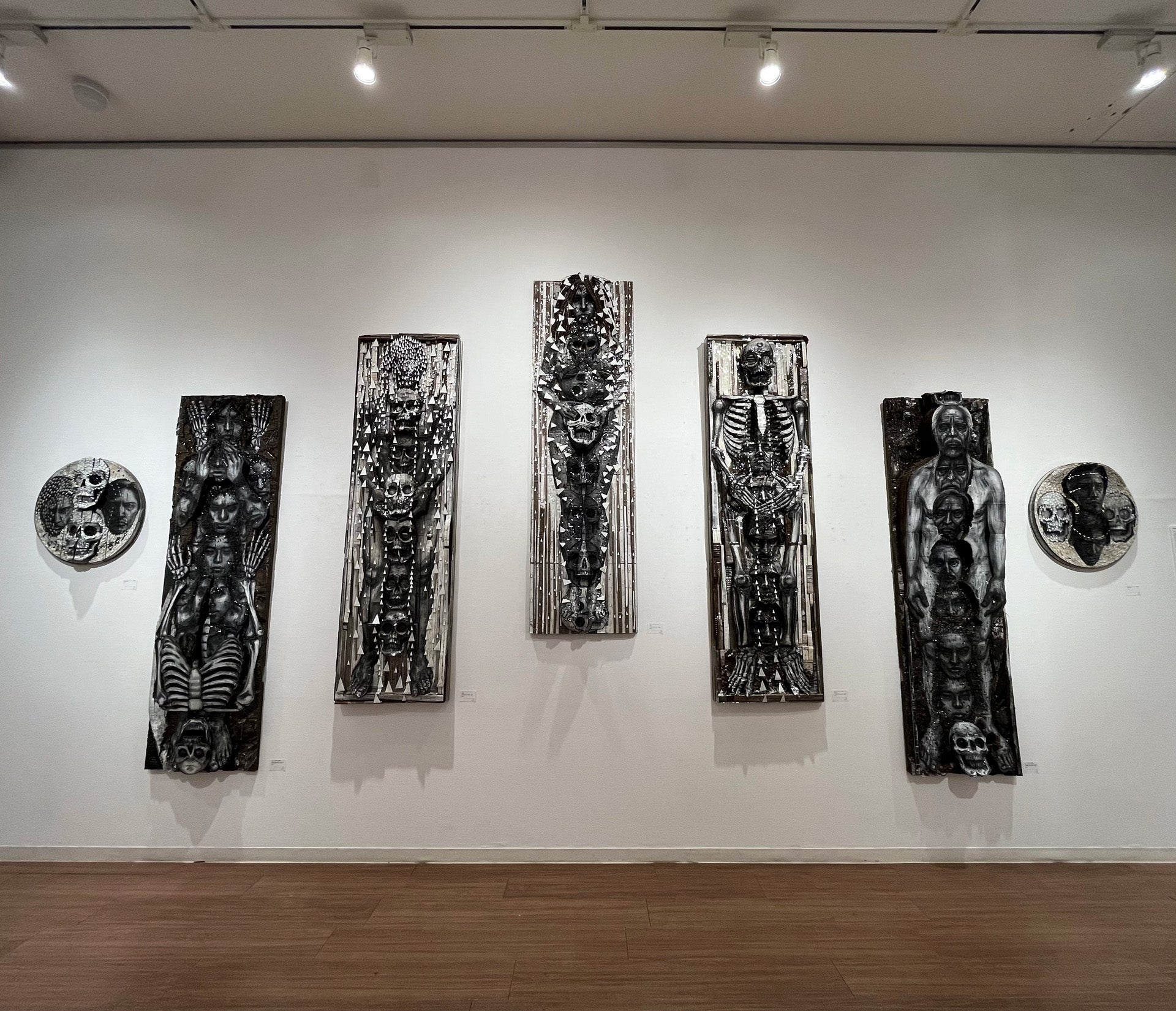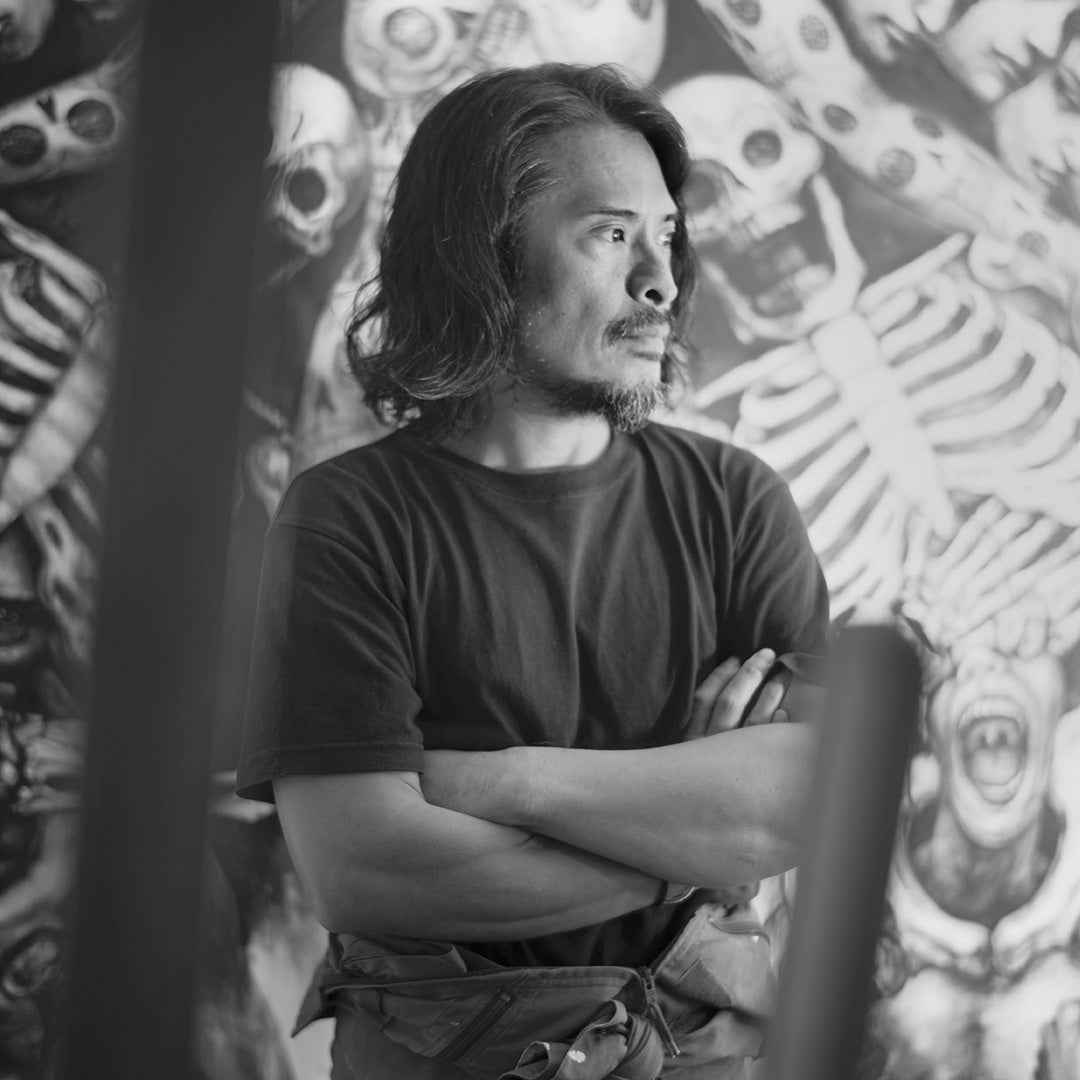Keiichi Baba, a painter who uses scars to depict a narrative view of life and death, presents his latest cardboard and resin series.
Keiichi Baba has pursued his artistic endeavors by depicting the negative aspects of human existence, focusing on themes of destruction and pain. In the past, he has portrayed the sorrow and resignation of the socially vulnerable, such as oppressed ethnic groups and women who were the targets of sexual exploitation, as wounds.
After caring for his beloved mother alone, the artist experienced a feeling of despair and depression. What helped him recover was a new method of expression: drawing on cardboard, cutting it, creating three-dimensional shapes, and then hardening them with glossy resin.
His latest series "RESIN: Death and Rebirth," which will be introduced in this exhibition, was started three years ago as he was recovering from depression. The series of steps - drawing, destroying, rebuilding, and solidifying - are in perfect agreement with the content of his expression. It is about going through the stages of creating, destroying, reviving, and fixing. Completing one step and moving on to the next. Each separate step worked as a form of therapy to help him overcome his depression and heal himself.
The world he paints has also changed. In the past, he painted the pain he felt, resonating with social issues, but now he expresses the pain and wounds he experienced during his days of depression as a personal myth. The motifs he focuses on himself, the skull, and the goddess are the existences that the artist himself encountered and faced during his days of depression.
He overcame depression about a year after starting production, and the resulting series of highly narrative works captures the sheer pain, the darkness where time seems to stand still, the fear of being seduced and trapped by death, and the vitality and human strength that resists it.
This exhibition will be the culmination of the series, bringing together approximately 30 cardboard and resin works, including a booklet containing the artist's first long interview and a video recording the production process.
The World Health Organization (WHO) has pointed out that depression will be the largest disease burden on society by 2030. However, depression can definitely be cured. It is also becoming clear that a person's occupation plays a major role in the path to recovery. I hope that the world that Keiichi Baba has built after crawling along the ground and walking through a dark, narrow tunnel will become a ray of light.
